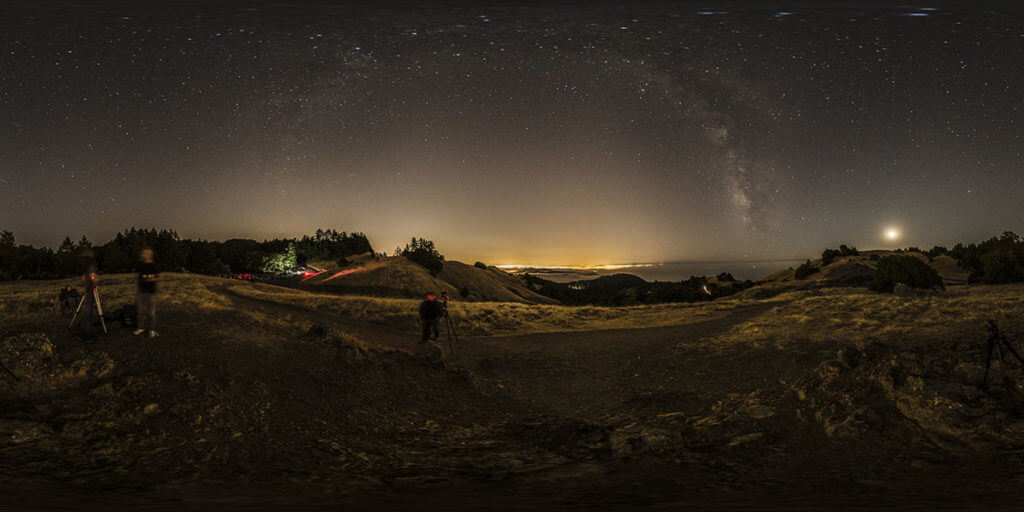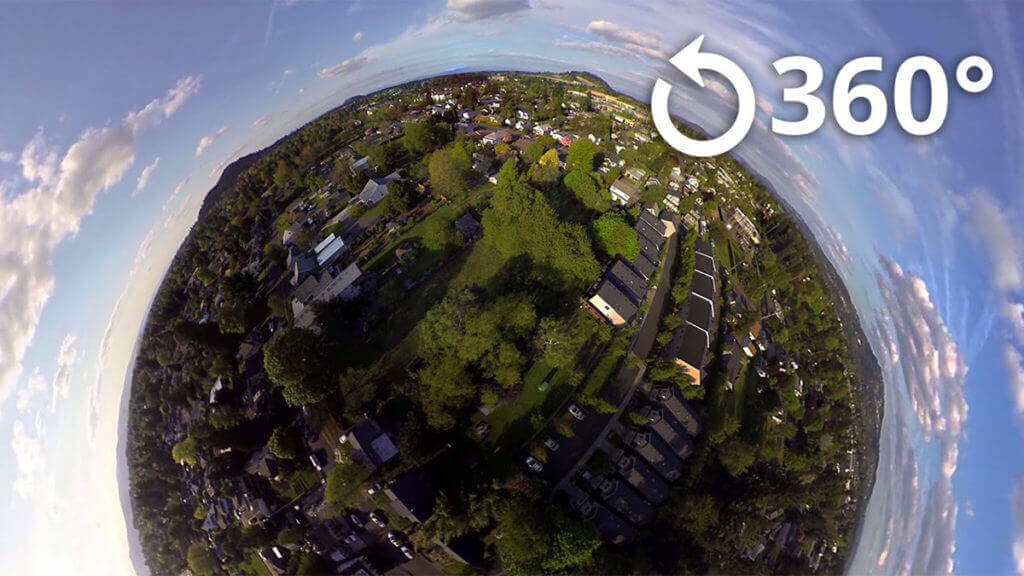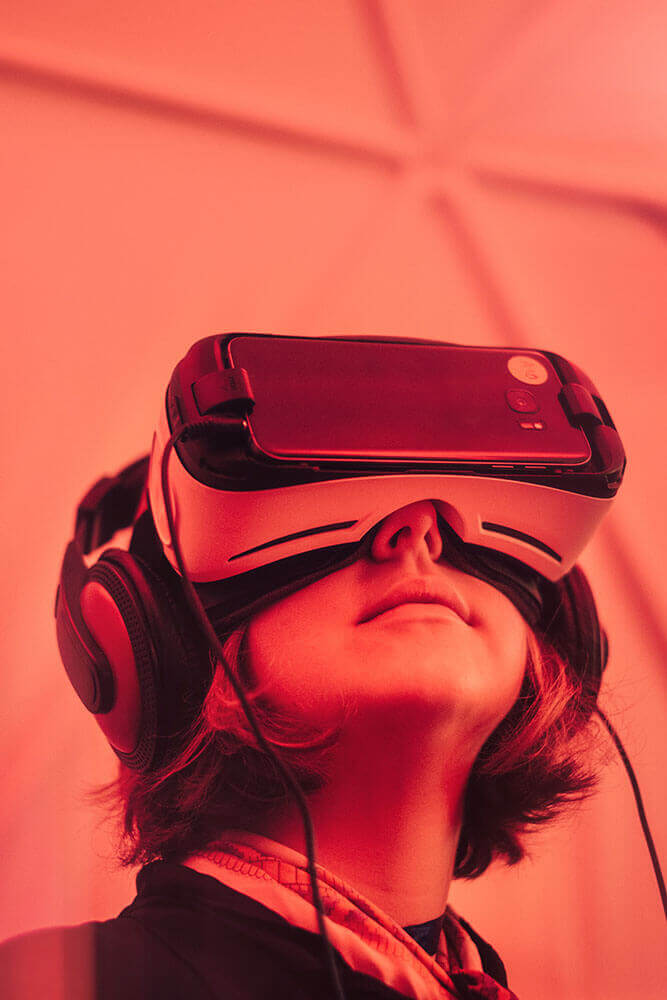The internet is full of people extolling the benefits of 360 virtual reality video. They’re sure about this, but it’s very difficult to find anyone who can give specifics.
There’s a reason for that: the ‘rules’ have yet to be written. There may be a lot of people who will tell you that the possibilities are endless, but the people who are doing the most, who are having the most success, will tell you that they are still learning. The medium is just starting out, and nobody knows exactly where it will go.
I’ve spent many hours in the last month or so devoting myself to learning everything I can about VR. After all, ECG provides some of the most cutting edge VR options available. We’re leaders in the industry!
But what is the industry? That’s the question. And no, I don’t have the answer. I’m not here to tell the world I’ve solved the VR puzzle and can now consistently make the best use of this amazing technology. I, along with everyone else, am still learning. This stuff is confusing.
All I can do is try to explain why the future of 360 video needs different rules. Or rather, why it cannot abide by the same conventions as traditional film. 360 video requires a completely different conceptual approach. Without that, it has no function beyond “gimmick”, and it could be much more.
A Different Medium
Think about the differences between TV and radio, or podcasts. Yes, they can be used to do the same things; tell stories, give us news, bring us music. But they do so in fundamentally different ways. 360 is as different from traditional film as TV is from radio.
One of the most obvious examples of this is staging shots. In VR, your audience can, and will, change the “shot” at any moment they choose. You can’t rely on positioning of actors in the scene, or a carefully placed prop, to convey information to the audience because they might not be looking at it.
At the same time, one could argue blocking is more important than ever before, because there’s no way to cut to a close-up, or perform complex camera moves. Confused yet?
It’s a dilemma for filmmakers. How to impart crucial knowledge to an audience if you can’t control what they see? The old saying, “show, don’t tell”, becomes much harder when you know your viewer might choose to ignore the subtle glint of mischief in a character’s eye, and instead admire a painting on the wall.
It becomes a constant struggle. Methods in VR to convince the viewer to look in the right place without taking away their agency are… elusive. Giving the viewer agency is kind of the point. Or is it?
Reconceptualizing Video
I approached 360 video with the wrong mindset. I had the notion that I needed a plan to constantly hold an audience’s attention where I wanted it. Could I find a secret way to control what they would see next without the audience even realizing it? There are a lot of very cool tricks to increase the chances someone will look where you want. But tricks alone do not a film make.
My obsession with technique was the problem: I was trying to find ways to make VR function like film. This video opened my eyes.
It’s a remarkably simple idea, and it speaks to everything that’s awesome about 360 video. The cast of a ridiculously popular musical singing directly to me in a way that would never happen, from a stage on which I will likely never stand. It struck me that I was asking the wrong question. I shouldn’t have asked myself: “How can I use VR to tell a story?” Instead, the question was: “How can I use VR to give an audience an experience they can’t get any other way?”
I started thinking about how to best utilize the strengths of 360 video, rather than how to overcome its limitations.
Getting the Full Experience
I’m a firm believer that when you decide to use one medium (let’s say film) over another (print, for instance), there should be a reason why you selected that medium. Not to go all Marshall McLuhan here, but each medium has specific connotations to it. There are important differences between them. Selecting a non-optimal medium means that your story will lack all its dimensions.
Sound is one of the most important dimensions of VR, if not the most important. However, it’s generally the kind of thing you might not notice in film until it’s not there.
VR can make use of ambisonic audio. Ambisonic sound is a method of spherical surround sound. Sounds can come from above and below, as well as in a horizontal range. Noises in a scene change relative to where the viewer had turned their head. It’s the reason VR media suggests you watch and listen with headphones in. If something is in front of you in VR, it sounds like it’s in front of you. If it’s behind, you feel like the sound is coming from behind.
(Full disclosure, the Hamilton video doesn’t use ambisonic sound. Its value comes from other places.)
Ambisonic sound encompasses the viewer’s headspace in a way that other techniques can’t, and it creates a powerful effect. It places the viewer. It tells them where they are, what’s around them, and alerts them to things outside their vision.
Immersion is thought to be the strength of 360 VR, and ambisonic sound is an invaluable asset in crafting a believable illusion. Without it, the experience often doesn’t feel complete, and you aren’t using VR to the highest level.
Where It Leaves Us
I set out to understand the most effective ways to use VR technology. The vast majority of 360 video content out there doesn’t make full use of the technology, and it has led to the assumption that 360 will never be anything more than a gimmick.
I don’t believe this is true, but I do think that to understand what this medium can accomplish we can’t think about it like the child of traditional film. We have to consider it as a distant cousin. One with it’s own personality, benefits, drawbacks, and history. Eventually, I predict a set of “rules” will emerge for 360 filmmaking, just as they have for other types of media. Obviously, in a creative industry, rules are made to be broken. They also help shed light on what makes a medium successful.
Hopefully, this post has clarified some of the mystery around 360 video production and you are now more able to let your imagination run wild with the possibilities. It’s a lot better than trying to force old ideas where they don’t belong.




2 Responses
Nice article, thanks for writing it. VR Videos will liekly take another leap once volemtric filming technologies get better – I saw some of that at the TechXLR in London this year, being able to get the full immersion by moving your head (instead of just rotating it) really improves everything.
Well, all I can do is try to explain why the future of 360 video needs different rules. Or rather, why it cannot abide by the same conventions as traditional film. 360 video requires a completely different conceptual approach